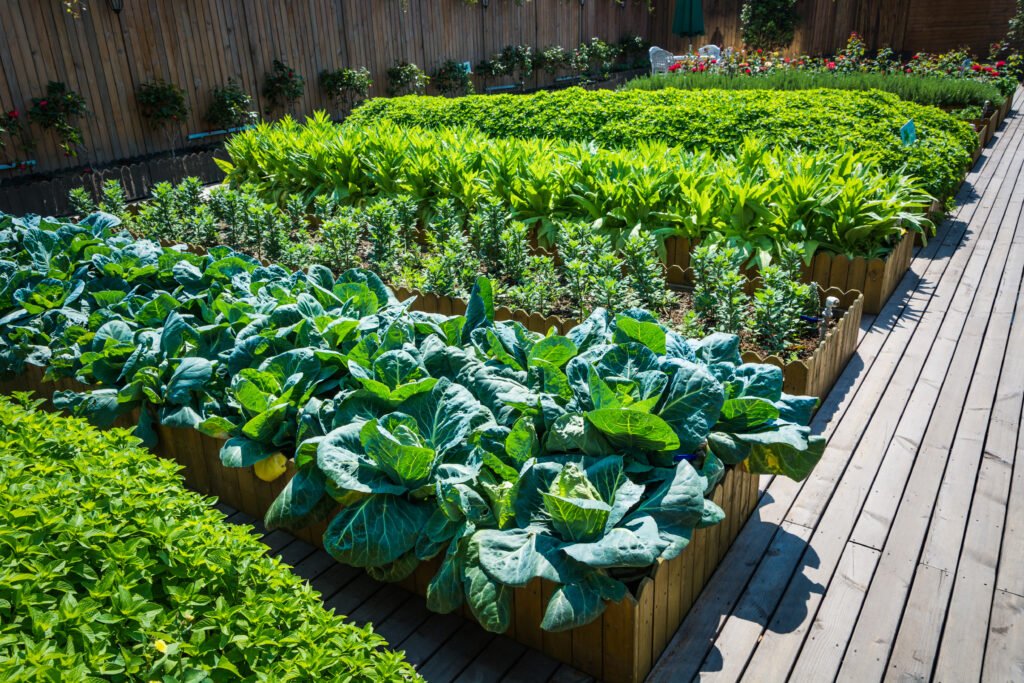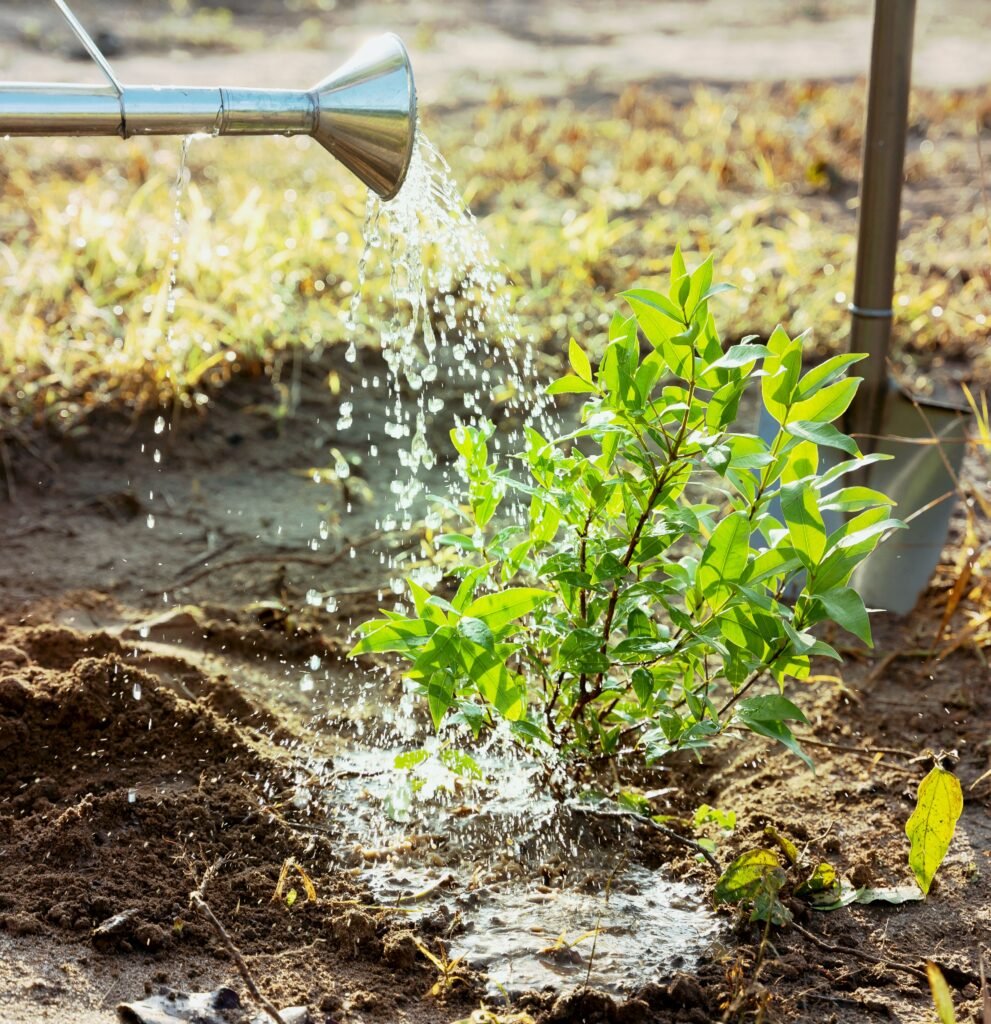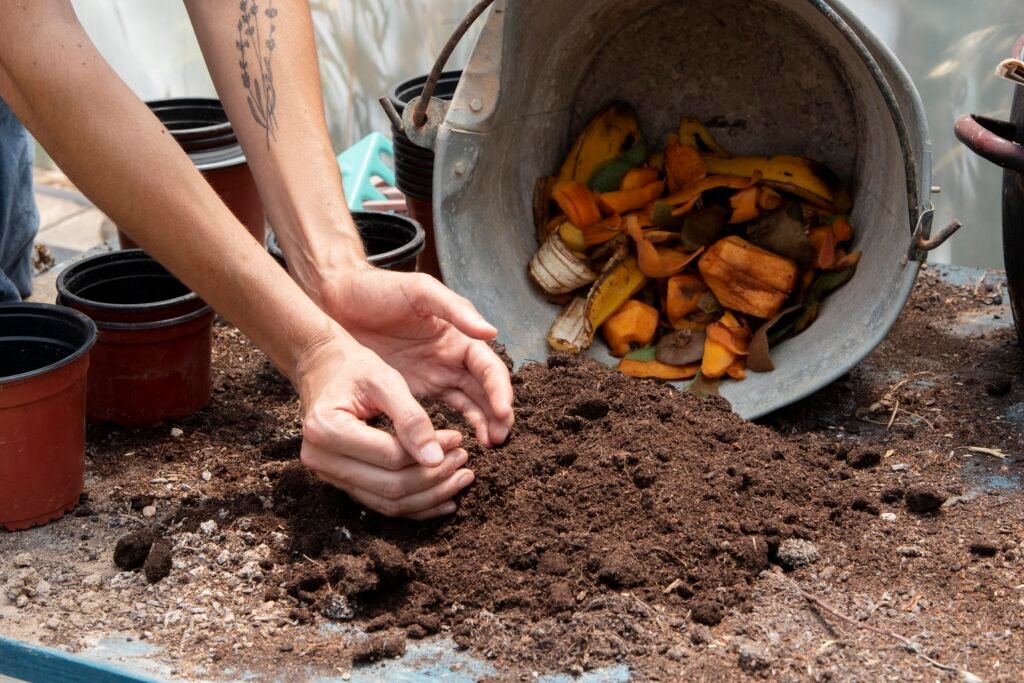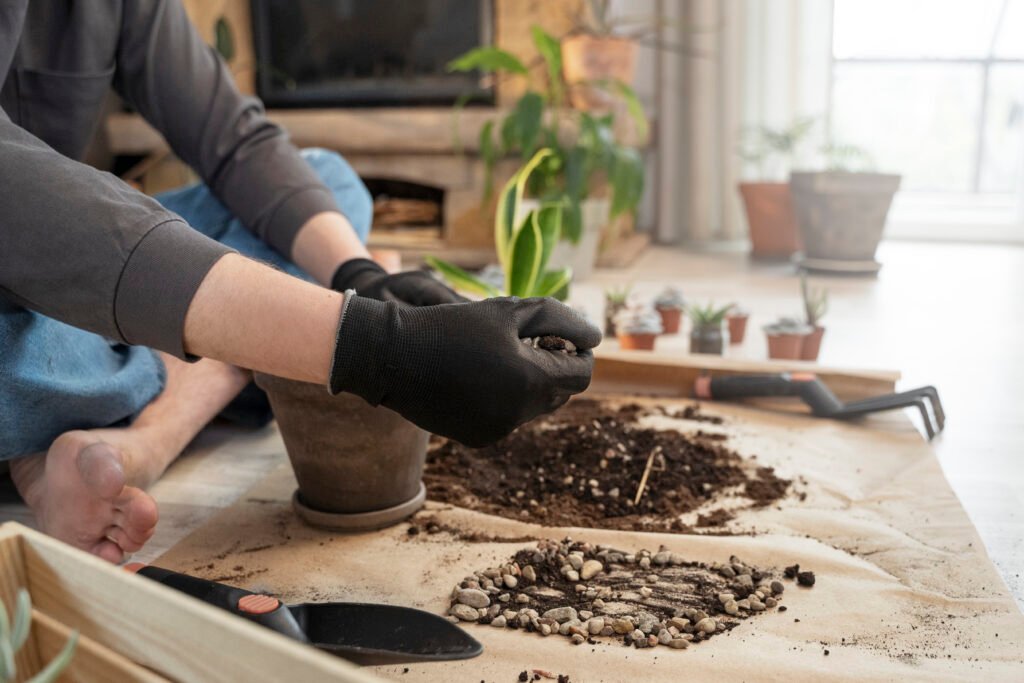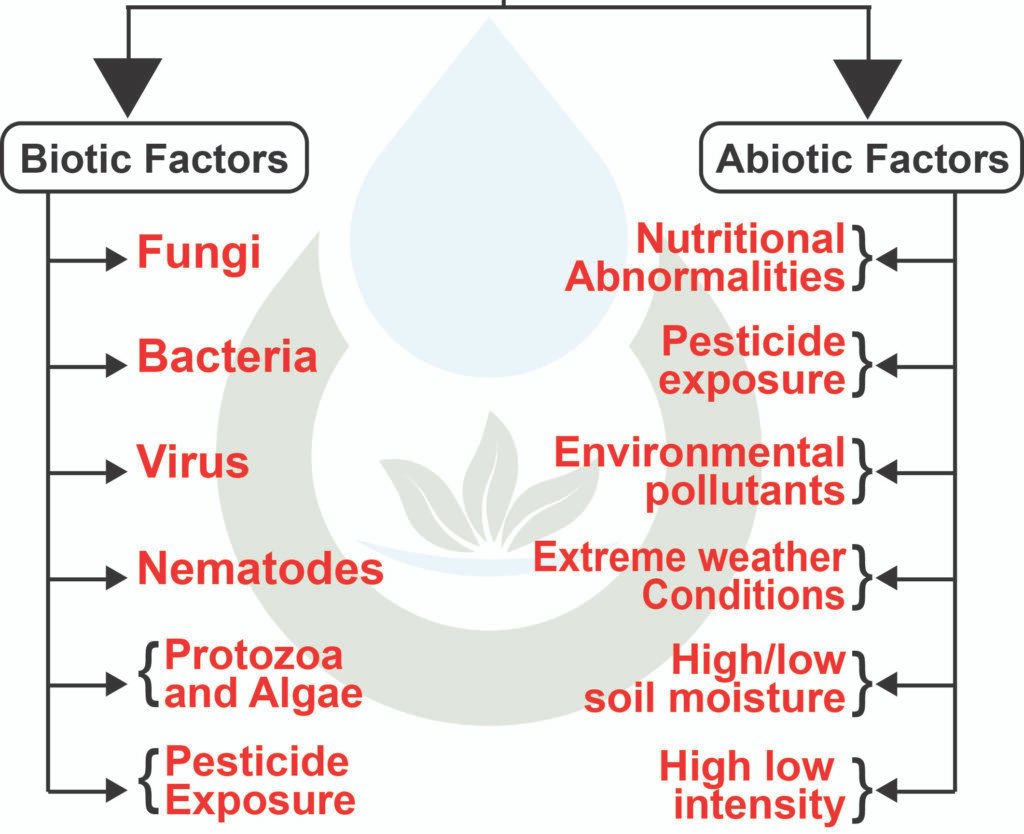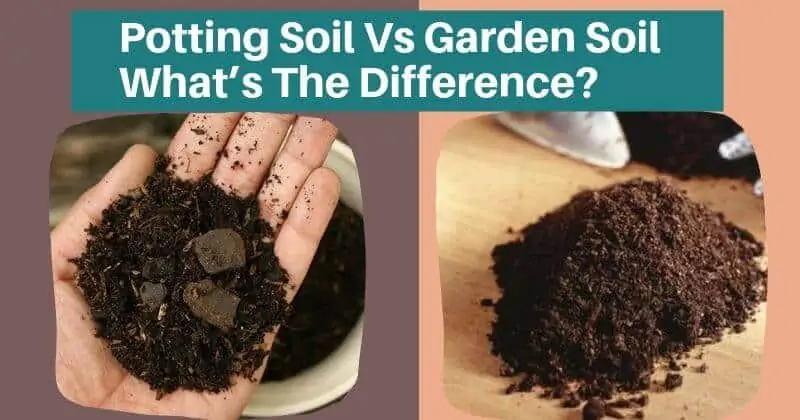
Gardening and potting are two popular activities for plant lovers. Whether you have a spacious garden or a small balcony, having the right soil is crucial for the health and growth of your plants. However, many people often wonder about the difference between gardening soil and potting soil. In this article, we will explore the distinctions between these two types of soil and help you make an informed decision for your gardening needs.
Gardening Soil
Gardening soil, also known as topsoil, is the natural soil found in your garden or yard. It is typically a mixture of sand, silt, clay, and organic matter. Garden soil is designed to support a wide range of plants and is ideal for outdoor gardening.
One of the key characteristics of gardening soil is its ability to retain water and nutrients. It has a good drainage system that allows excess water to escape, preventing root rot and other water-related issues. Additionally, garden soil provides a stable foundation for plants to establish their roots and grow.
However, it’s important to note that the quality of garden soil can vary depending on the location. Factors such as climate, weather conditions, and the presence of certain minerals can influence the composition of the soil. Therefore, it is recommended to test your garden soil and amend it with organic matter or fertilizers to optimize its nutrient content.

How to Make the Best Garden Soil for Raised Beds: Expert Tips
Potting Soil
Potting soil, on the other hand, is a specially formulated soil mix designed for container gardening. It is a lightweight and well-draining medium that provides the necessary support and nutrients for potted plants.
Unlike garden soil, potting soil is typically free from weed seeds, pests, and diseases. This is because it undergoes a sterilization process during production to ensure a clean and healthy environment for your plants. Potting soil also contains a higher proportion of organic matter, such as peat moss or coconut coir, which helps retain moisture and promotes root development.
Another important aspect of potting soil is its ability to provide balanced nutrition to plants. It is enriched with essential nutrients, such as nitrogen, phosphorus, and potassium, which are vital for plant growth. Additionally, potting soil may also contain additives like perlite or vermiculite to improve aeration and drainage.
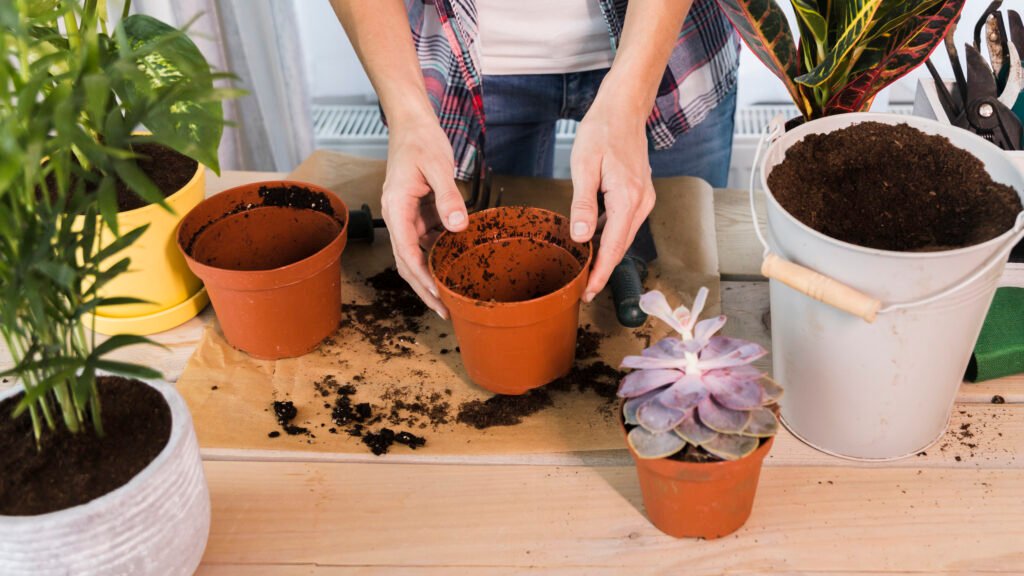
The Key Differences
Now that we have discussed the characteristics of gardening soil and potting soil, let’s summarize the key differences between the two:
| Gardening Soil | Potting Soil |
|---|---|
| Used for outdoor gardening | Used for container gardening |
| Retains water and nutrients | Well-draining and lightweight |
| Can vary in quality depending on location | Sterilized and free from pests and diseases |
| May require amendments for optimal nutrient content | Enriched with essential nutrients for plant growth |
Which Soil Should You Choose?
The choice between gardening soil and potting soil depends on your specific gardening needs. If you are planning to grow plants in containers or pots, potting soil is the ideal choice. Its lightweight and well-draining nature provide the necessary conditions for potted plants to thrive.
On the other hand, if you have a garden or outdoor space, gardening soil is more suitable. It is designed to support a wide range of plants and provides a stable foundation for their growth.
It’s worth mentioning that some gardeners choose to blend gardening soil and potting soil to create a custom mix that suits their specific requirements. This allows them to take advantage of the benefits offered by both types of soil.
In conclusion, gardening soil and potting soil serve different purposes and have distinct characteristics. Understanding these differences will help you make an informed decision and create the optimal environment for your plants to flourish.
